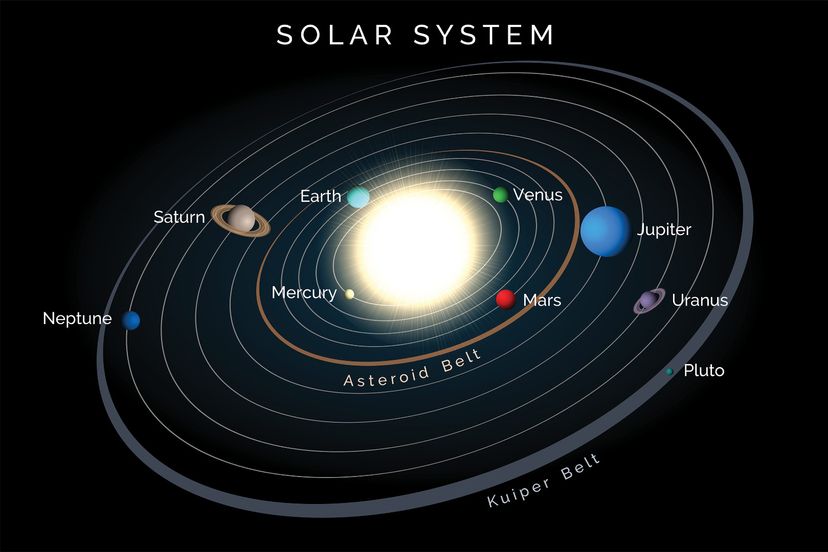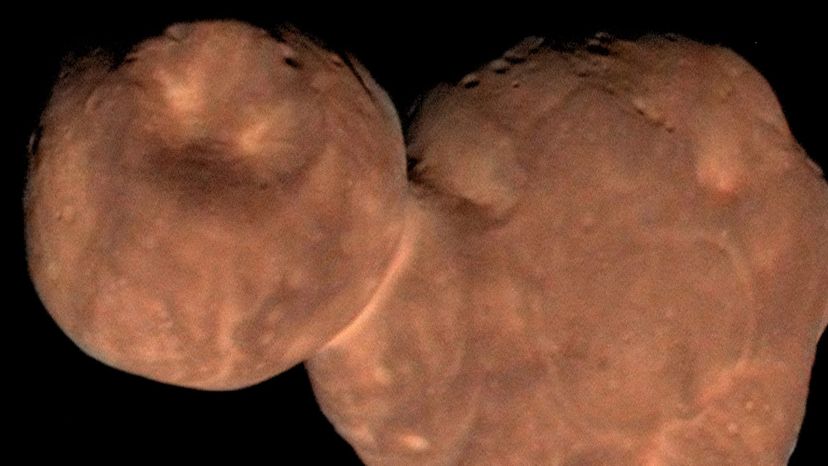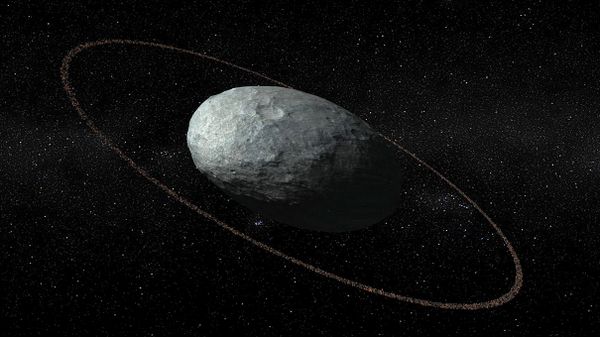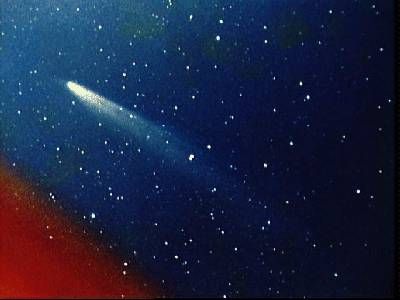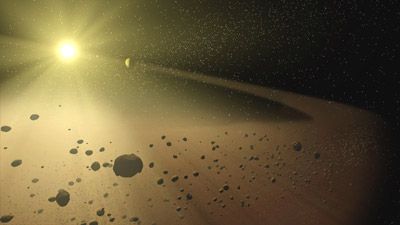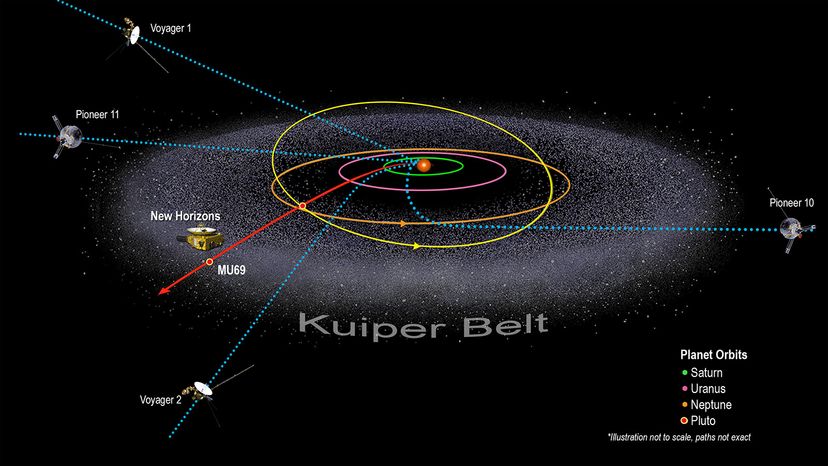
When we're young children in school, many of us learn about the planets, the sun and maybe the asteroid belt. There's much more to our solar system than that, though, including a region of the outer solar system called the Kuiper belt.
Sitting beyond the orbit of Neptune, the Kuiper (pronounced Ky-per) belt is home to millions (or billions, it's unclear) of icy objects that orbit our sun just like the planets and asteroids we know about. Here's how NASA puts it: "Similar to the asteroid belt, the Kuiper belt is a region of leftovers from the solar system's early history. Like the asteroid belt, it has also been shaped by a giant planet, although it's more of a thick disk (like a doughnut) than a thin belt."
Advertisement
Neptune is one of the giant planets in our solar system. The others are Jupiter, Saturn and Uranus. Giant planets are so-called because of their size in relation to Earth. They are also known as the outer planets because they are farthest away from the sun.
Models and diagrams of the solar system often seem to end at the orbit of Neptune — or perhaps Pluto if you're looking at an older version. Putting aside the controversy about Pluto's status as a dwarf planet, there are actually millions of objects beyond the orbit of Neptune — and some of them are sizable. These are called Kuiper belt objects or KBOs. So far, around 2,000 Kuiper belt objects have been categorized.
In addition to Pluto, there are several dwarf planets that are part of the Kuiper belt, including Eris, Makemake, and Haumea. These large solar system objects orbit the sun like the planets but aren't quite large enough to be categorized as such. There are millions of other, smaller objects, like comets and moons, many of which are generally clustered in a band of space between 30-55 Astronomical Units (AU) from the sun (1 AU equals the distance from Earth to the sun on average, which is 90 million miles or 150 million kilometers).
Beyond the Kuiper belt, there's also the Oort cloud, another area of space containing even more objects. "The Oort Cloud is believed to be a giant spherical shell surrounding the rest of the solar system. It is like a big, thick-walled bubble made of icy pieces of space debris the sizes of mountains and sometimes larger," according to NASA. All this to say, there's a lot more to our solar system than the eight planets most of us learn about.
Advertisement
